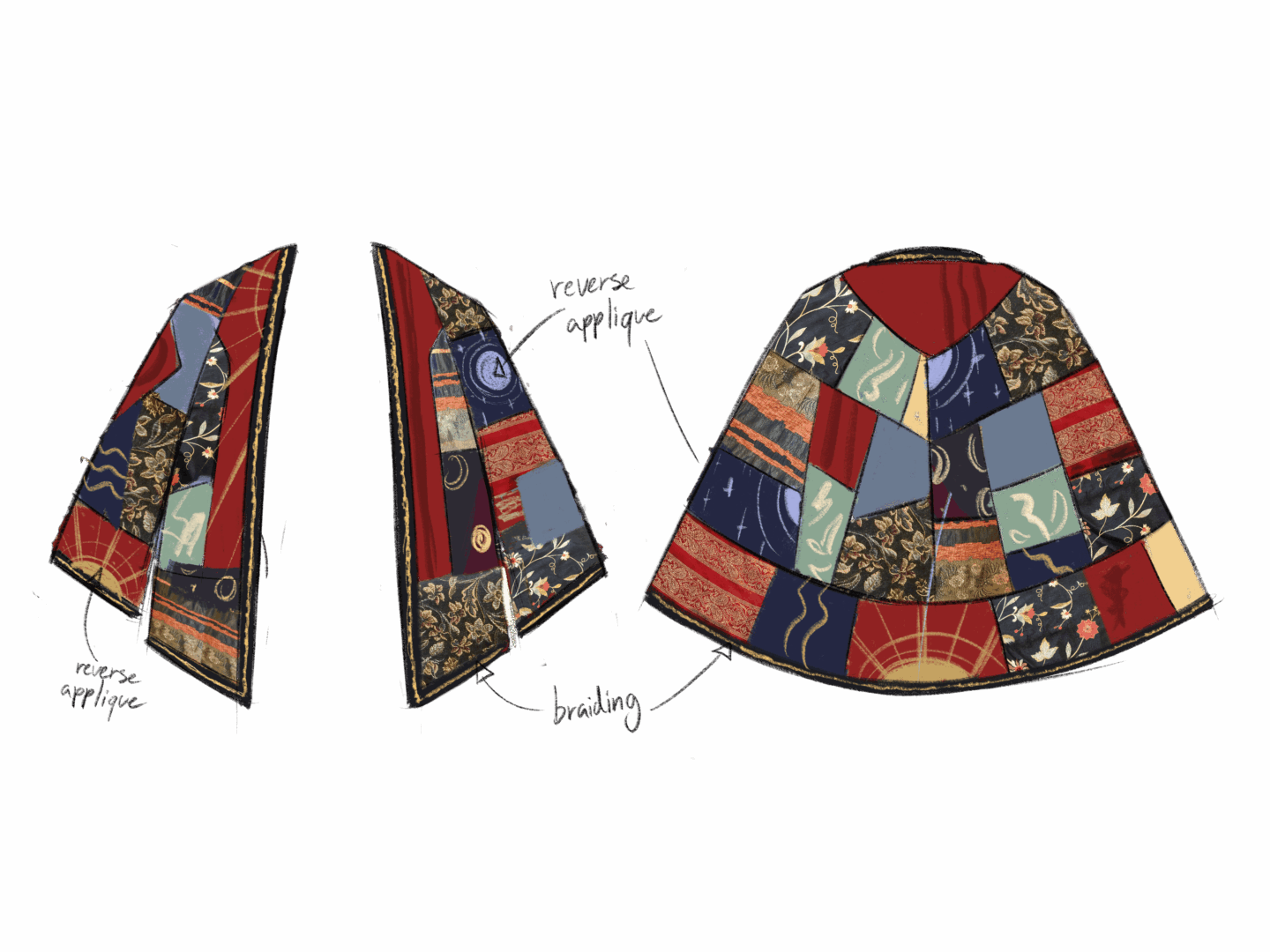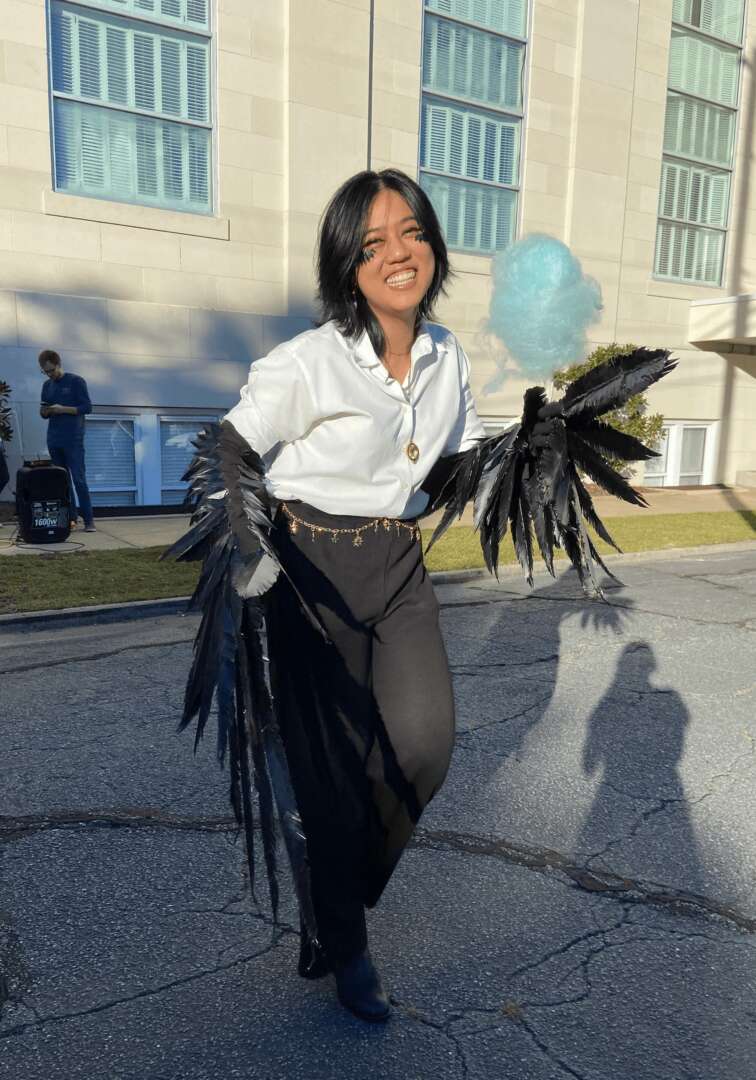We caught up with the brilliant and insightful Merlissa Adona a few weeks ago and have shared our conversation below.
Hi Merlissa, thanks for joining us today. What’s been the most meaningful project you’ve worked on?
Oddly enough, my 11th grade Halloween costume is pretty hard to beat. I honestly don’t know if things would’ve played out the same without it.
Since elementary school, I’ve always liked making wearable props. I’d make little cardboard crafts like masks or accessories that could go around my arms or body. When Halloween came around, I would wear these props since it seemed like the most socially acceptable day of the year to put what I made to use. We weren’t at all festive with those kinds of things in Vietnam, but my school had some events that I took advantage of. It became something I looked forward to every year, with each new costume I made trying to top the previous one. When early high school rolled around, it put me in a bit of an odd place. Some people at school thought the costumes were cool. But once you’ve reached that age, dressing up loses some of its endearment. So more often than not, I became seen as “the art kid with an odd fascination with creepy masks who tries too hard for one day of the year.”
During 2019 I was deep in my Marvel fan-girling days, thanks to the release of Avengers: Endgame. Like many people at the time, I decided start an MCU marathon. Out of all the movies, 2014’s Captain America: The Winter Soldier was by far my favorite and I was fascinated by the Winter Soldier himself. Not only did I find him to be the most intriguing character, but I also loved his visual design. So when the time came for me to start thinking about that years costume, the Winter Soldier of course crossed my mind. I remember feeling very uncertain about it because that would’ve been INSANELY ambitious for me at the time. This wasn’t going to be some cardboard and plaster accessory I could throw together with tape. This was a full-body ordeal that needed tactical gear, fabric construction, and HOW ON EARTH was I going to make a flexible metal arm??? It was a lot but I couldn’t see myself dressing up as any other character. So the next thing I knew, I spent my summer planning.
I spent countless more hours on this project than I did previous years. I cut apart old backpacks, thrifted and repurposed some clothes, learned basic sewing, learned how to work with craft foam, and replicated as many little embellishments as I could. Throughout the whole process I didn’t know it would turn out any good and I felt like I was fumbling my way through materials I was still wildly unfamiliar with. It was only the week before Halloween that I was able to see everything come together as a whole, and I couldn’t have been happier. Somehow I did it, and I was genuinely impressed. All the effort really did pay off and I had a great Halloween that year.
Of course by my standards today, I would not call the craftsmanship especially impressive. I see A LOT of room for improvement. But from where I was then, it was such a significant turning point. It was so much more elaborate, extensive, and experimental than anything I’ve worked on in the past. It was so much more purposeful and I realized my side hobby could become something I pursued more seriously. Even people at school recognized it as a craft with a lot more potential. Looking back, it’s what I would consider my first proper introduction to costume design, which then dominoed into different areas of art that I now love.
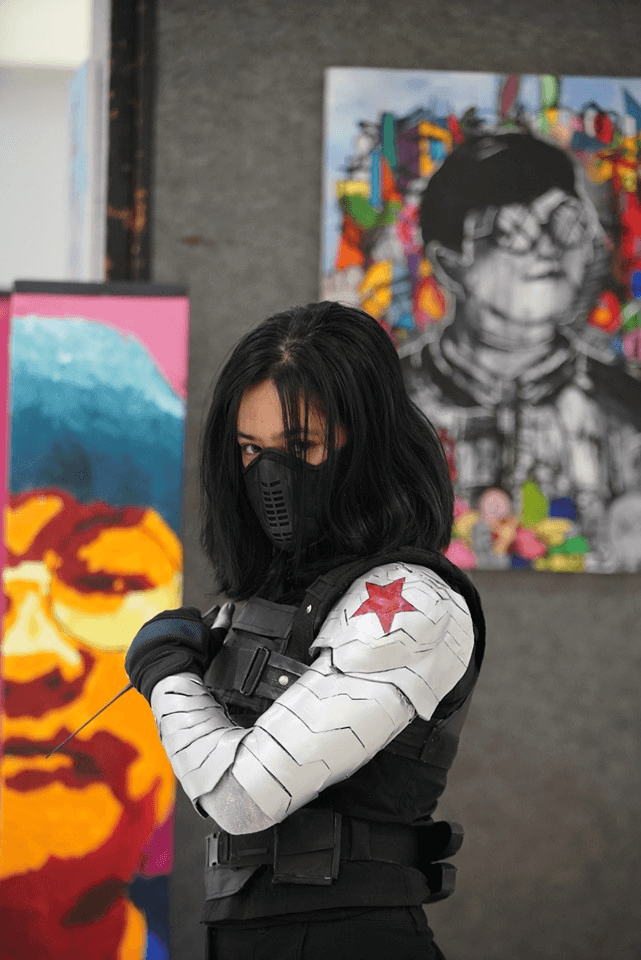

Merlissa, before we move on to more of these sorts of questions, can you take some time to bring our readers up to speed on you and what you do?
My name is Merlissa Adona, and I am an interdisciplinary artist from Vietnam and the Philippines. I mainly work in costume design and construction, using a variety of techniques that include sewing, jewelry fabrication, and prop making to bring 2-dimensional ideas into a tangible space. In addition to costume work, I also do overall art direction, illustration, and sequential art. I’m always open to working with a wide range of art forms, giving myself the freedom and flexibility to create a variety of things. At the core of it all, my goal has always been creating stories. I love seeing how the different arts overlap, and build off of each other. I hope to contribute a well-rounded approach to storytelling in all the projects I work with, where narrative, characters, themes, and visual storytelling seamlessly work to enhance each other.

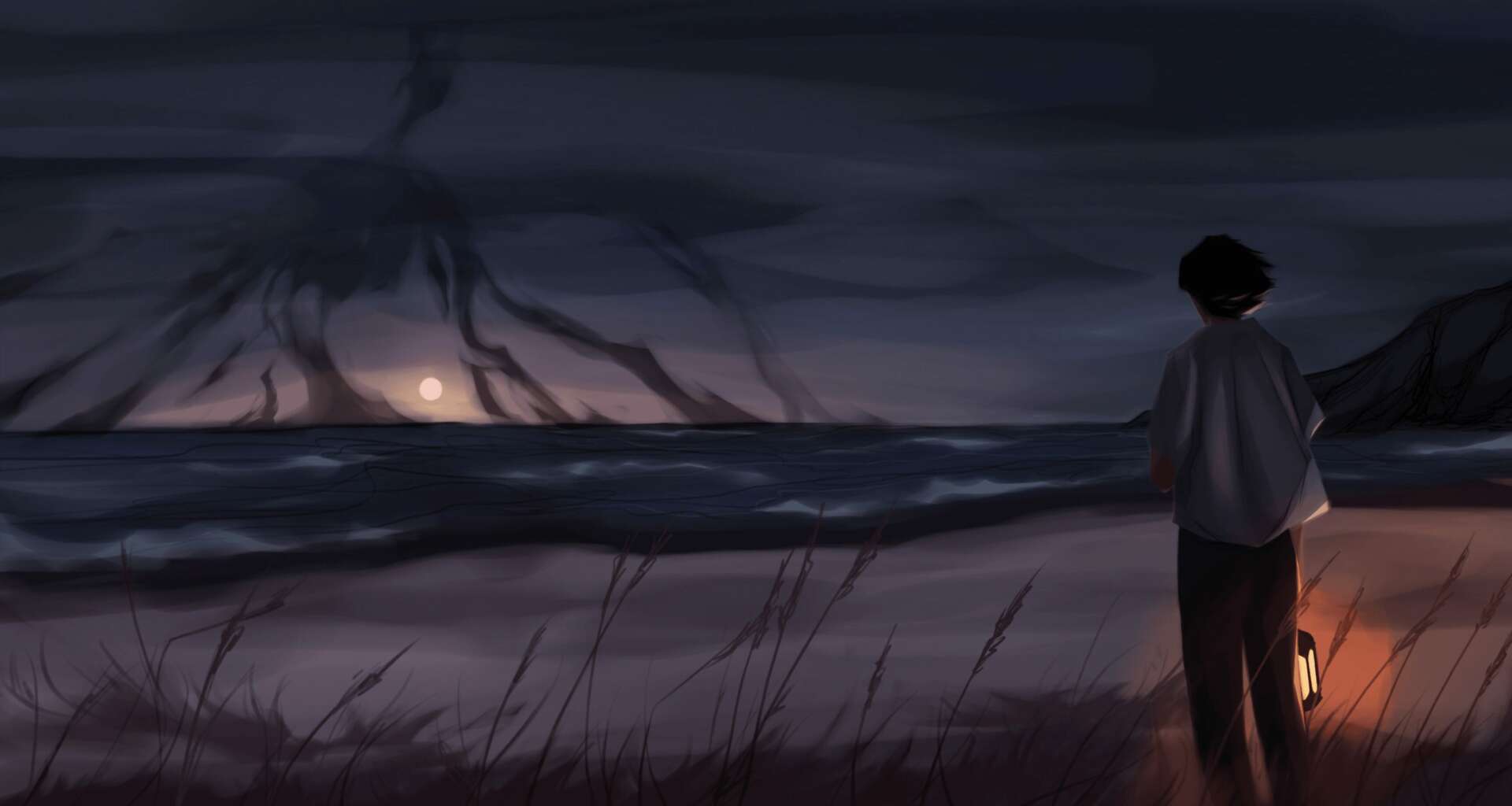
For you, what’s the most rewarding aspect of being a creative?
The most rewarding part of making art is how it’s all so personal. Non-creative subjects such as mathematics or science have a right or wrong way of doing things. Art, by nature, is much more open to creative liberty. What direction you take your art in is closely tied to your personal experience. The skill you develop over time, what subjects you gravitate towards, how you interpret certain subjects, and even your taste in style. You can learn a lot about someone from the kind of art they make. I find it even more fascinating when I study art history, especially in ancient times. I love seeing what people made in a cultural context so distant from what we know today, and what it tells us about humans as a whole. We’ve always made art and we will always continue to do so. Regardless of whether or not my work gets recognized, I’m just happy about the fact that it exists as part of that human narrative (though being able to share it is a nice bonus).
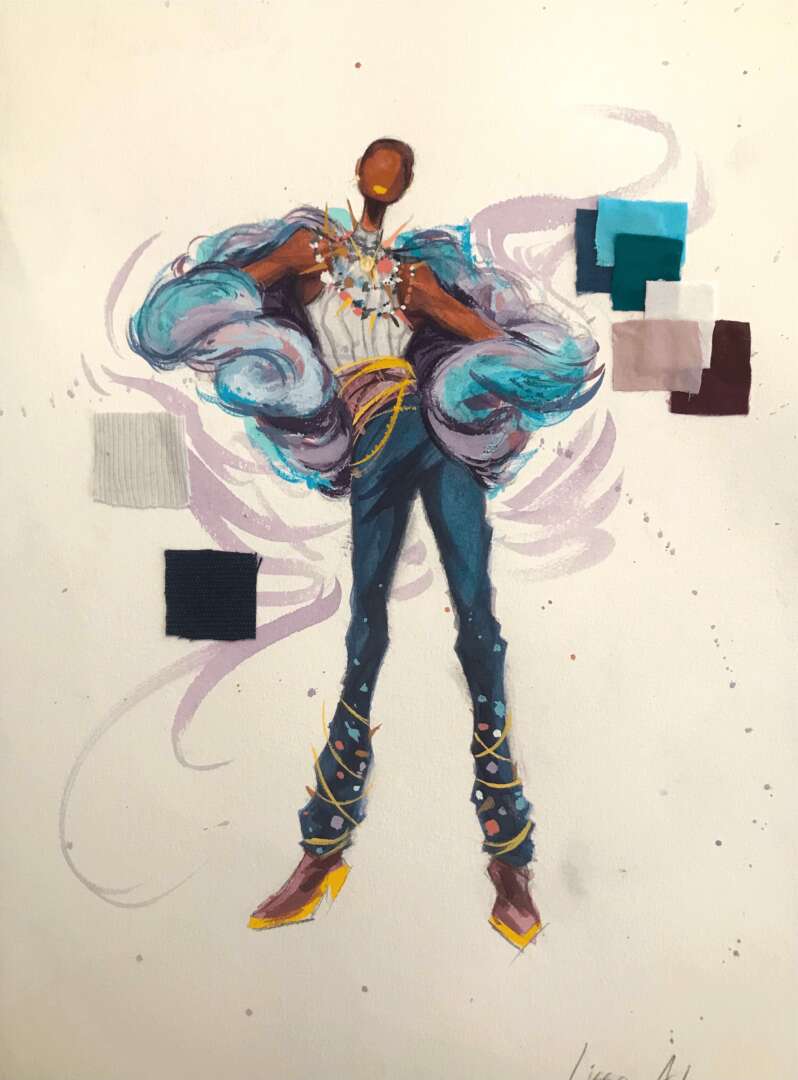
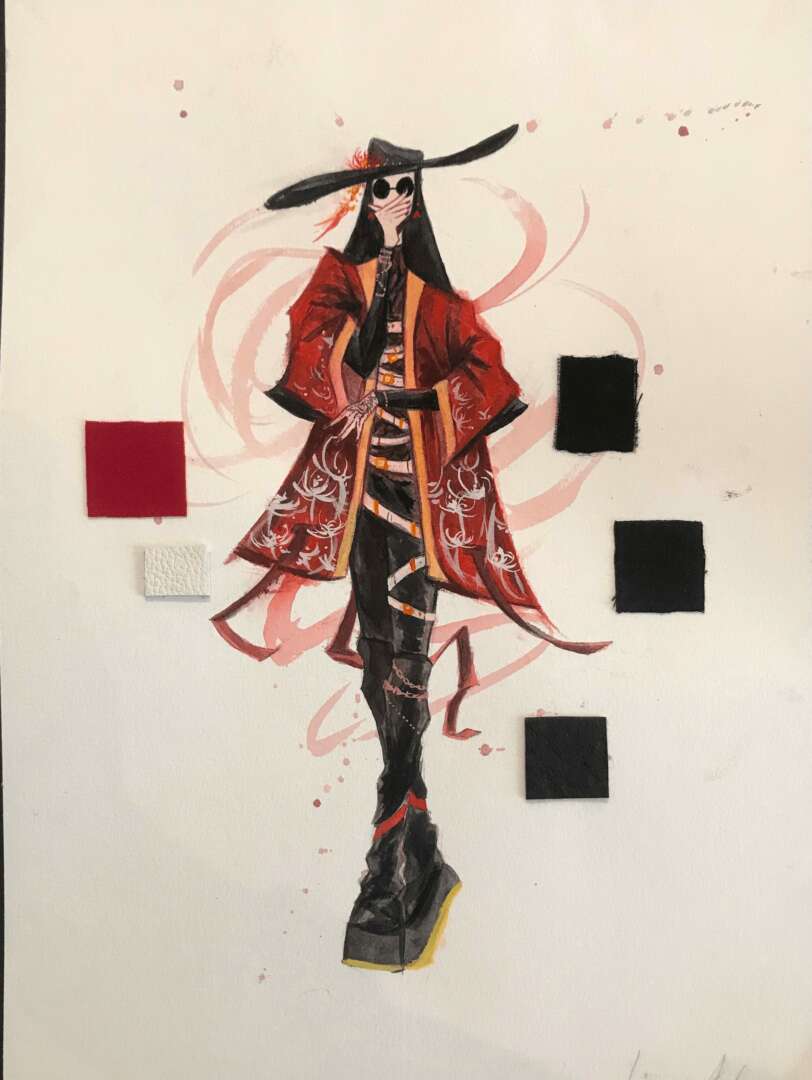
Have any books or other resources had a big impact on you?
As I approach my Christian faith more intentionally and study the Bible, one of the biggest conscious changes I’ve made to my work ethic is intentionally taking one day of the week off (Sunday). The fourth of the Ten Commandments calls for honoring the Sabbath, the day of rest, which means no work or assignments unless I can count it as leisure or a spiritually healthy activity. This has actually been extremely beneficial to both my mental health and productivity. By intentionally having one day of the week off, I get to enjoy a break and not burn myself out so much. It also reminds me that I have a fulfilling life and more important priorities outside of what society deems as “productive”. At the same time, it’s not an excuse to be lazy, because by being intentional about it, I plan my week around being able to have Sunday off. My ability to get things done greatly improves for the other six days of the week because I have Sunday to look forward to, and my weeks fall into a consistent and healthy structure.
It’s actually not been easy to do. There are times I get anxious about the things on my to-do list and become tempted to break my commitment. But it’s usually at times like that that I realize I’m becoming too dependent on school or work for my sense of peace. If anything, it makes me more determined to make sure I have that time to rest.
Contact Info:
- Website: https://adona-artistry.com/
- Instagram: https://www.instagram.com/eldritch.pasta/
- Linkedin: https://www.linkedin.com/in/merlissa-adona-375139230/
